
10+ tips to help you confidently identify real jewelry
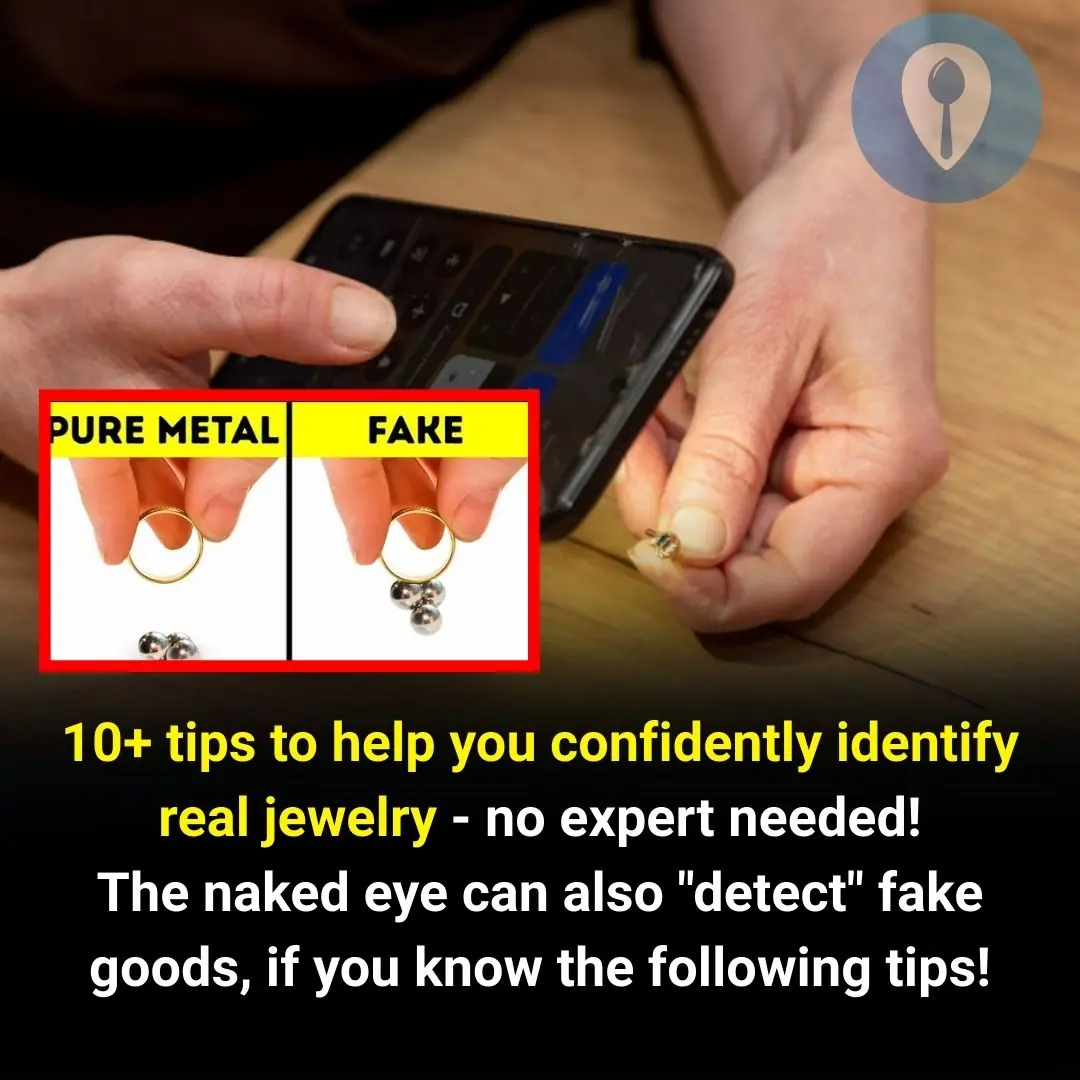
Sometimes we can buy jewelry not in specialized stores, but from someone directly or in consignment shops, and then we might start doubting whether the piece is genuine. The easiest way to dispel the doubts is to contact a professional jeweler. But if there is no such opportunity, you can try to check the piece at home. We decided to put together tips and tricks that will help you distinguish real jewelry from fake one.
Breathe at diamonds.

Secondly, you should breathe on the jewel. Condensation doesn’t settle well on diamonds, and a genuine stone will quickly clear from the haze. A synthetic stone, on the other hand, will remain misted for longer.
The third method requires an enviable amount of courage. You need to heat the stone over an open flame and then drop it into ice water. The diamond is likely to stay as good as new, but the synthetic stone may crack. However, the temperature test can also spoil a real mineral, so it should be performed with caution.
“Why do 2 of my diamonds glow under my UV lamp?”
- You can put the jewel under a UV lamp. Real diamonds are believed to emit a fluorescent glow. However, this is not the most reliable test, as there are natural stones that don’t fluoresce.
Some experts advise taking the stone out of the setting and throwing it into a glass of water. This method is not very convenient, because you will still have to go to a jeweler (who at the same time will be able to check the authenticity of the stone). Besides, this test is not reliable: an artificial diamond, such as zirconium, is also heavy enough to sink to the bottom.
A flashlight and a magnifying glass can help you check sapphires.
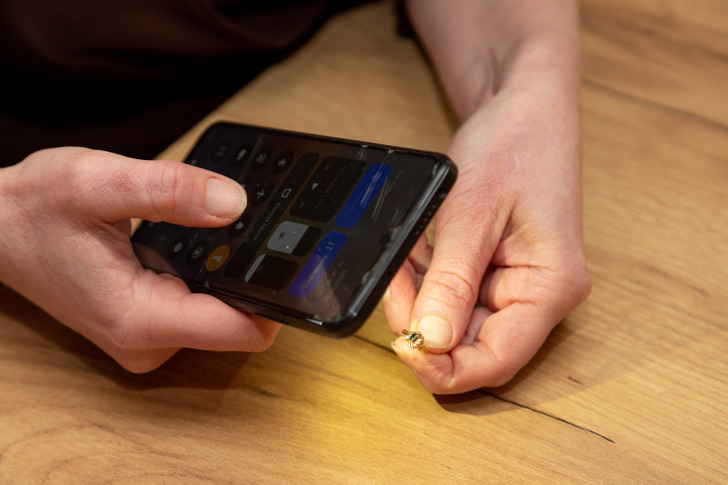
To distinguish a real sapphire from a cheap copy at home, you need to shine a flashlight on the stone. The light, passing through a sapphire, acquire only its color. If other shades appear in the reflection, it means that you are probably looking at a fake.
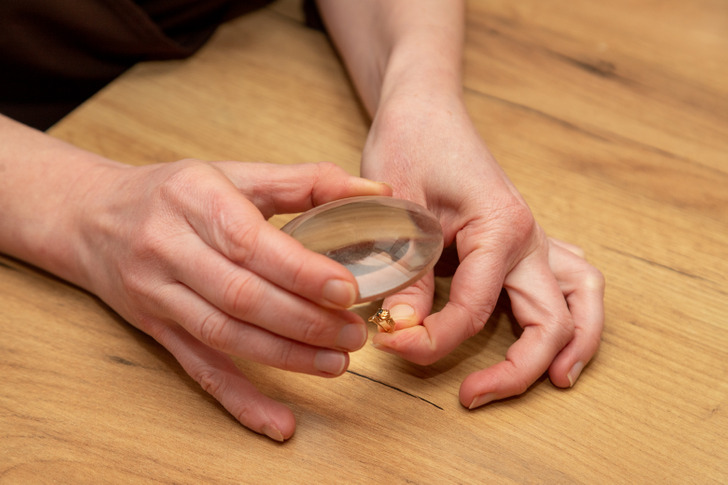
Another option is to examine the stone with a magnifying glass. In real sapphires, you may notice small imperfections and dark spots (“veils”), while artificial stones usually look flawless. Fakes, on the other hand, often have small air bubbles.
Examine the color of the emerald
Since emeralds are expensive and very popular, some unscrupulous sellers replace them with chrysolites, garnets, and other cheaper stones. To distinguish a real emerald from a fake, you need to carefully examine the color of the jewel.
Genuine stones emit various shades of green — from dark to light, in some cases the color can be described as blue-green. But if there are yellow or brown tones in the stone, most likely it’s a cheaper mineral in front of you. In addition, you can bring the gem to a bright source of light: real emeralds almost don’t emit radiance. If the stone sparkles with all the colors of the rainbow, it is a fake.
Swipe a ruby across the glass.
In addition, real rubies have a high degree of hardness, inferior only to diamond. Therefore, no irregularities or roughness should be visible on the stone, and it’s impossible to seriously damage the mineral with a knife or sandpaper.×
Check opals for seams.
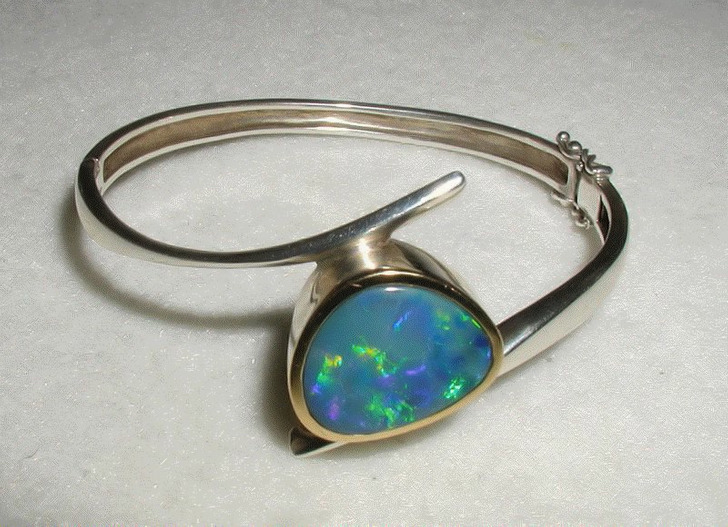
In addition, fakes are usually thinner than real stones. It’s also worth looking at the base of the stone: the surface of a real opal is usually uneven and rough, as microscopic water droplets are formed during the formation of the mineral. Fake stones most often have a smooth and uniform base.
Put amber under a UV light.
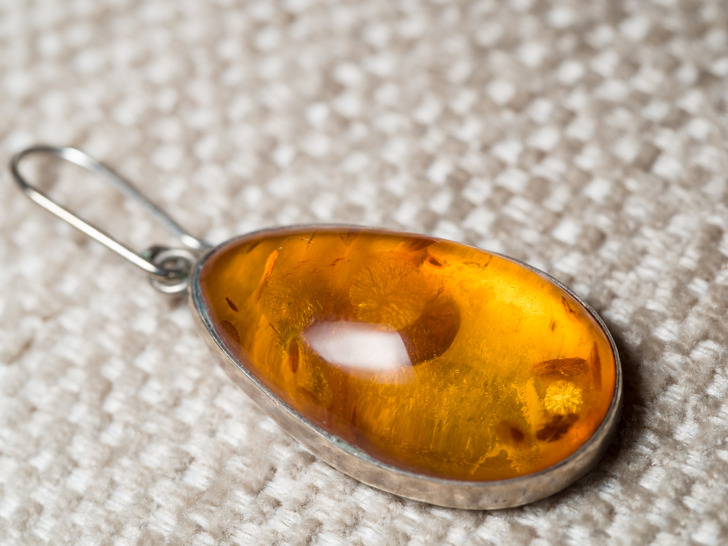
It is better to put the stone under a UV light. In this light, the real amber will appear bluish or yellowish. Glass or plastic will not change color at all, and the copal will turn white.
Jade makes a special sound.
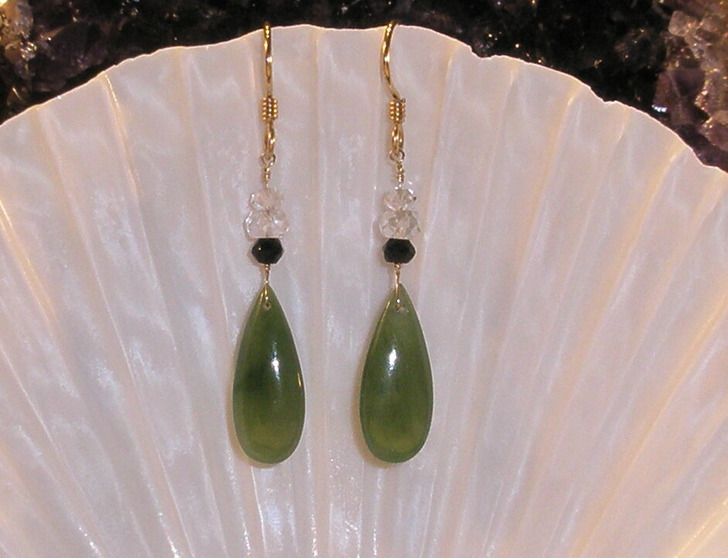
Bite pearls.
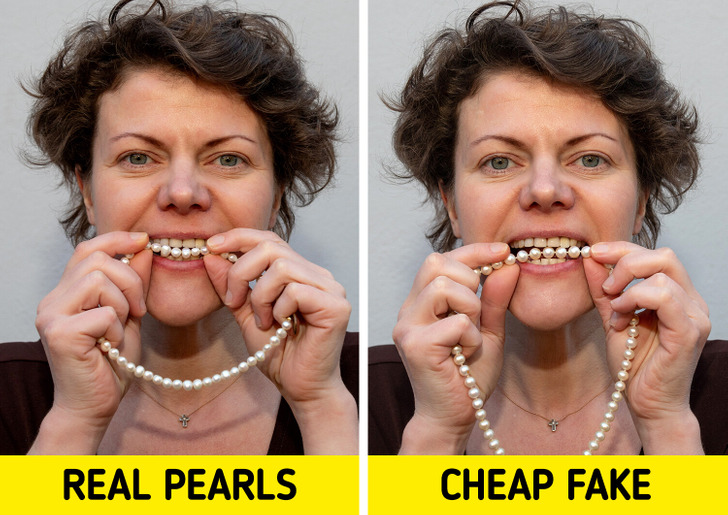
One of the easiest ways to tell the difference between a natural pearl and a cheap replica is to bite the jewel with your teeth. A genuine pearl has a roughness and texture similar to sandpaper, while a fake pearl is as smooth as glass.
If you don’t want to bite the pearls, you can rub them against your cheek. However, some fake items can’t be detected with the help of this test.

In addition, natural pearls absorb moisture well. If you breathe on it, a haze with light waves will form on the surface. A fake pearl, on the other hand, is likely to remain dry and completely clean. Real pearls are usually heterogeneous in color, have small imperfections and emit a deep luster. And the luster varies in different areas of the gem.
Put silver on ice.
To distinguish a real silver piece from a fake one, just wipe it with a clean white cloth. If there are dark traces on the cloth, it means that you are looking at a piece of jewelry made of precious metal. This trick will work best with tarnished silver.
In addition, this metal has a very high thermal conductivity, so you should put a piece of ice on the chain or ring. Ice melts incredibly quickly on silver, even at room temperature.
Check gold with water and ceramics.
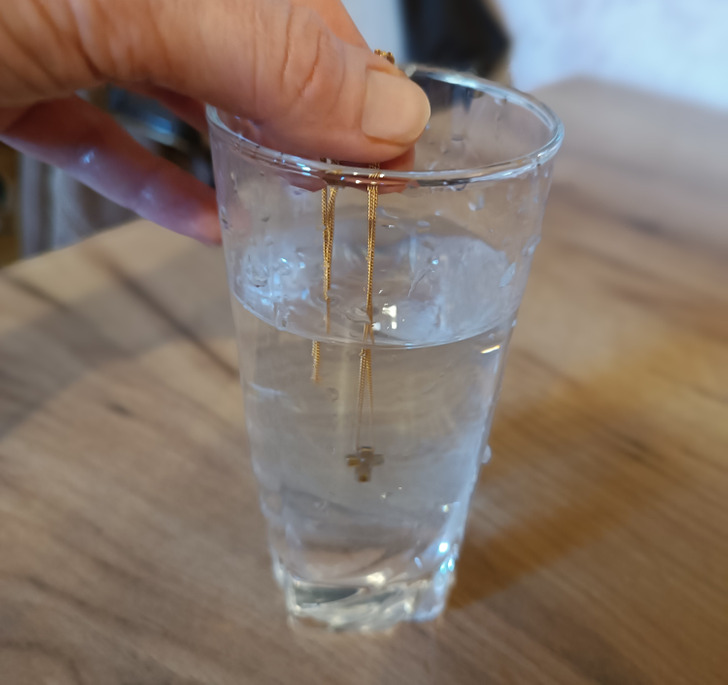
A real gold jewelry can be distinguished from a fake one with the help of a glass of water. This metal is very dense, so a piece of gold jewelry will sink immediately, whereas a fake can take some time to sink. Of course, some light chains may sink slowly, but rings and large pendants can be checked this way.
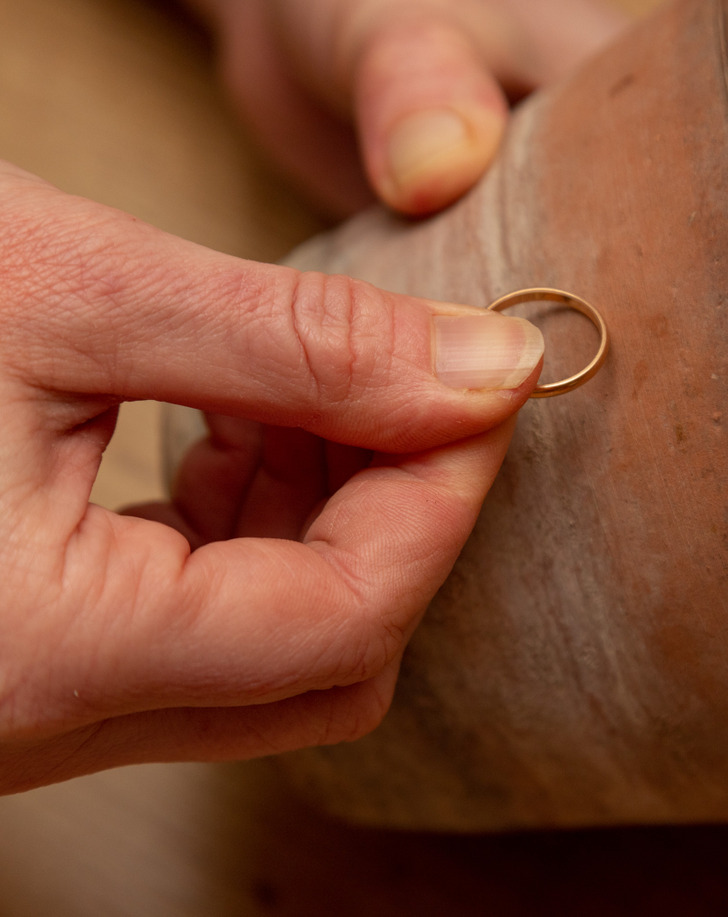
For the other method, you’ll need an unglazed ceramic surface. The back side of a tile is best. It is necessary to carefully scratch the tile with a gold piece. If there is a thin golden stripe on the surface, it means that the jewelry is genuine. But the trace of any other color should make you suspicious.
By the way, if a gold ring leaves a black stripe on the finger, it’s not a reason to worry. Gold, like silver, also oxidizes, but to a lesser extent. Depending on what cosmetics the wearer uses, this process can be intensified, resulting in dark marks on the skin.
And these jewelry trends can make you rethink your go-to pieces.
News in the same category

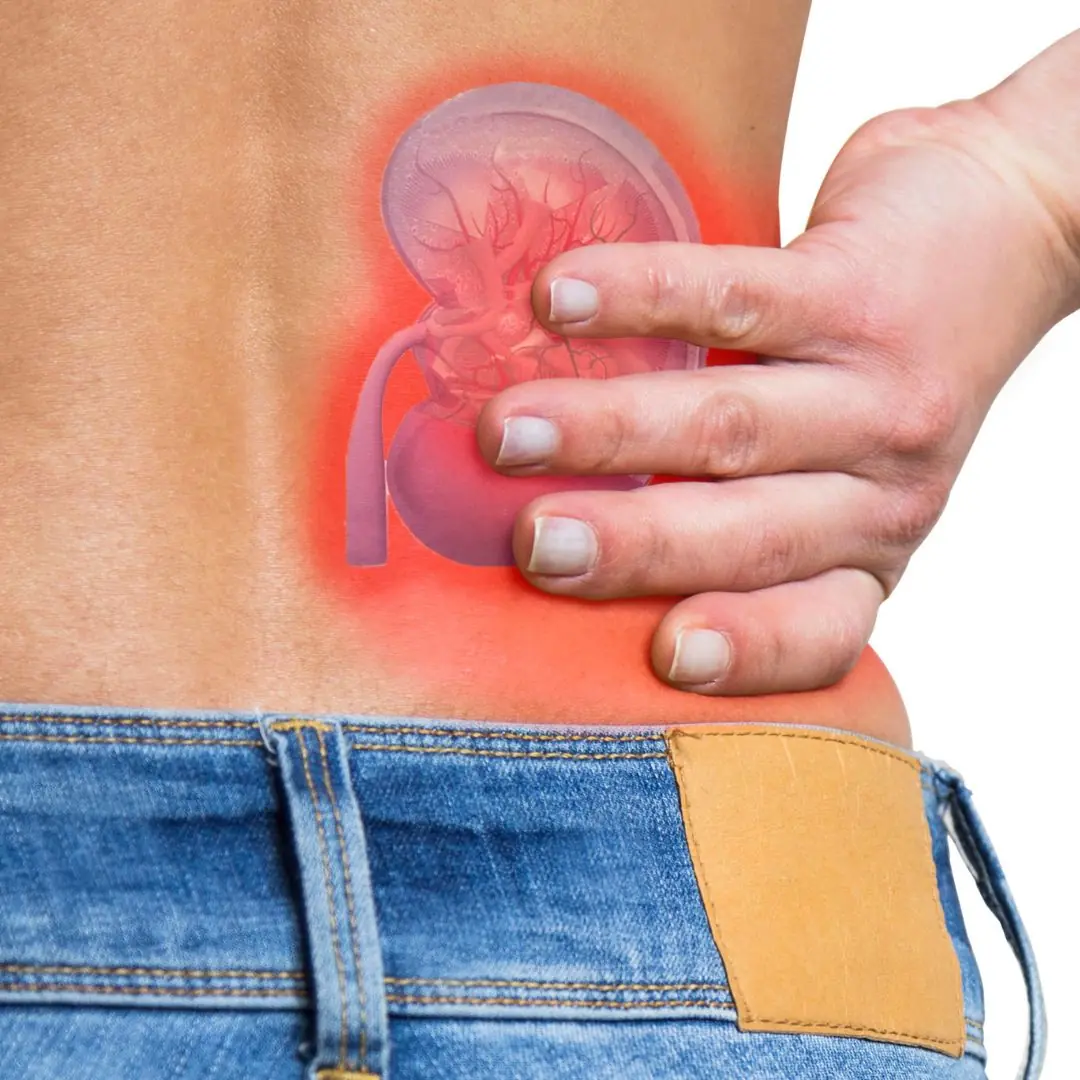
4 Healing Drinks to Prevent and Dissolve Kidney Stones

Top vegetable to help reduce visceral fat extremely effectively, nutritionist reveals 4 more easy ways to lose weight
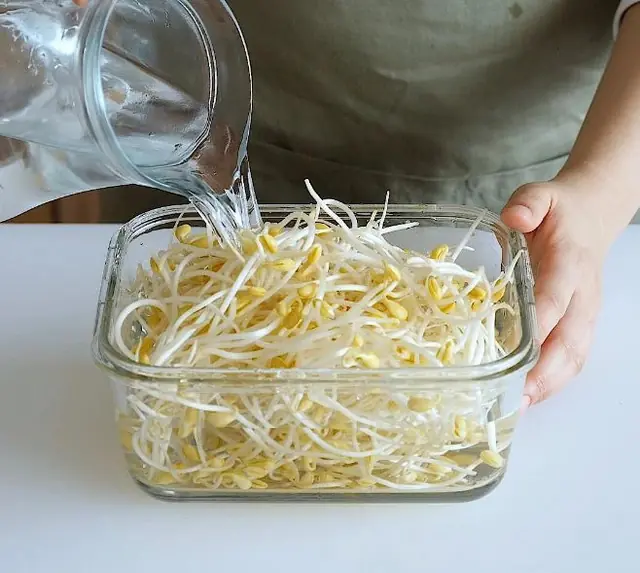
3 Common Yet Har.mful Ways People Store Bean Sprouts — Convenient but Nutrient-Depleting and Risky to Health
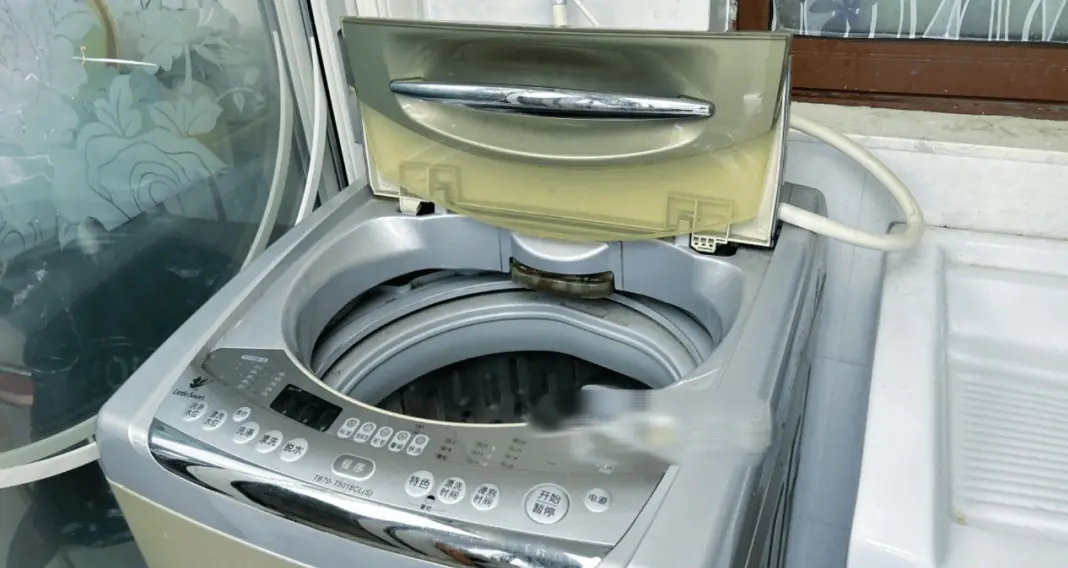
2 Hidden Spots in Your Washing Machine That Make Clothes Dirtier

Summer, how to choose the right naturally sweet ripe watermelon: No need to type, just look at one spot and you'll know right away
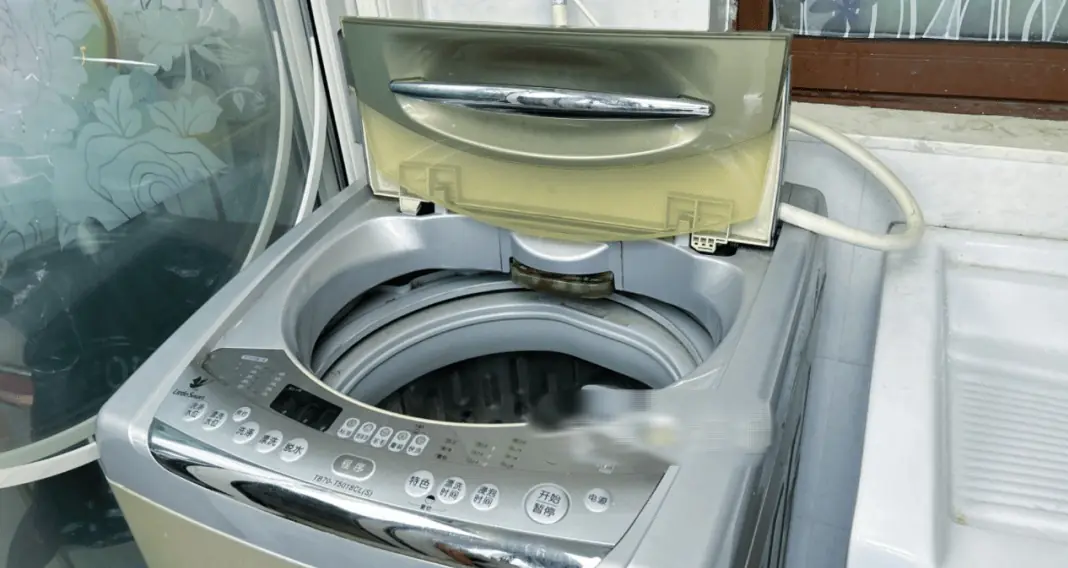
2 "hidden corners" of the washing machine that make clothes dirtier the more you wash them, 90% of people don't know

These 5 plants are the "nemesis" of formaldehyde: Swallow fine dust, purify air very well

8 habits to keep your kidneys healthy

3 Smart Tips to Keep Shrimp Fresh for a Year—Still Firm, Sweet, and Delicious

4 taboos when defrosting food, know and avoid "inviting disaster"

How harmful is cooking oil for pets when used in food processing?
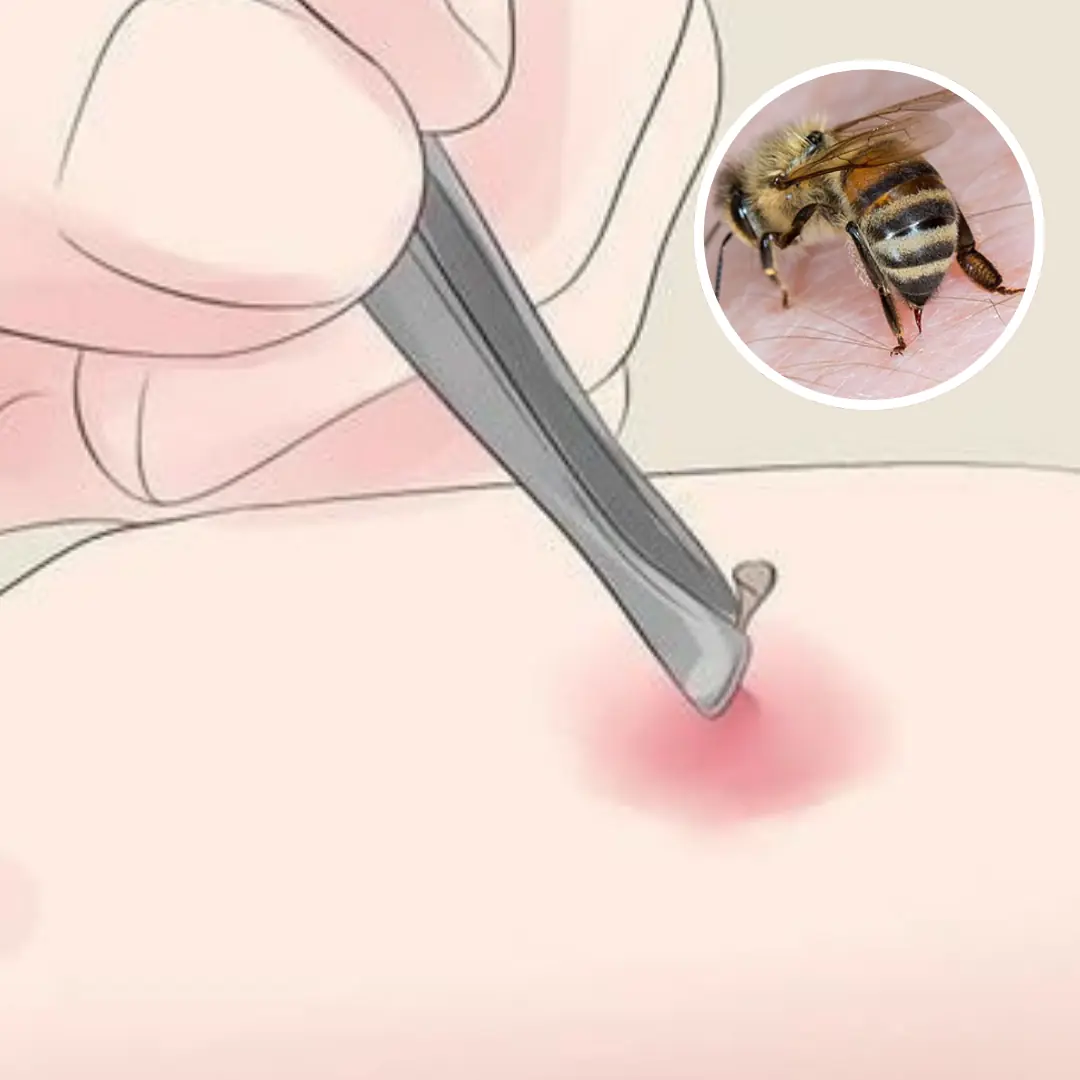
Is bee sting da.ng.erous and what is first aid?
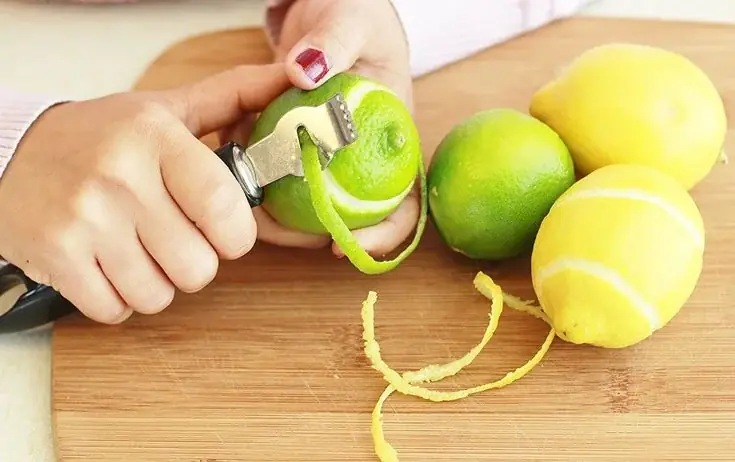
Don’t Throw Away Lemon Peels
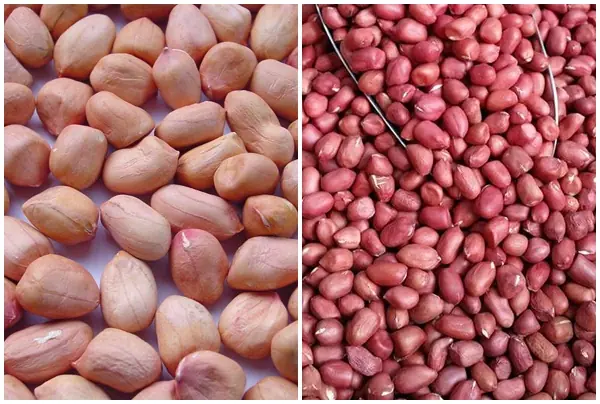
The difference between red peanuts and white peanuts
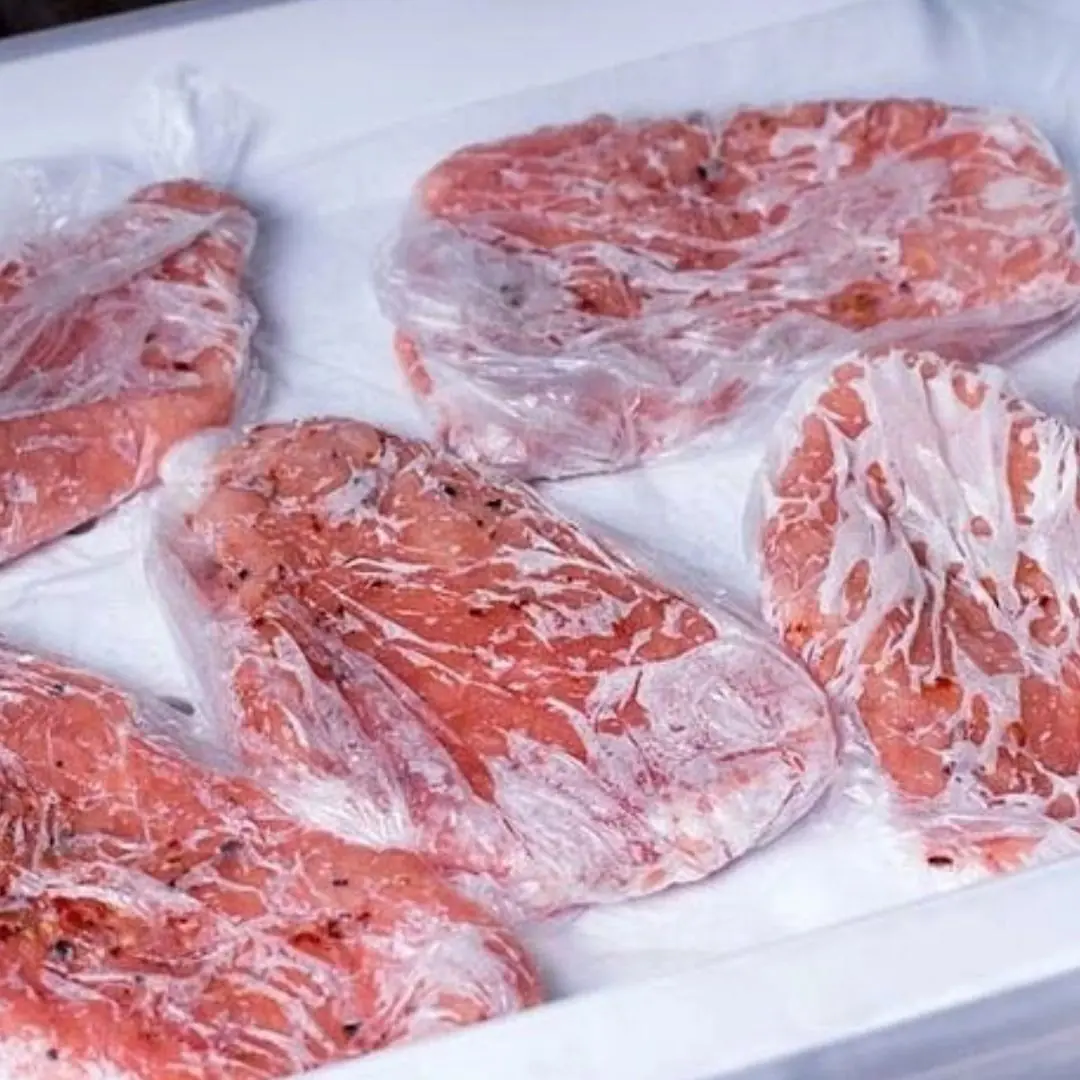
We have a habit of freezing meat and fish to eat gradually, so how long can frozen food be used to ensure safety and quality?
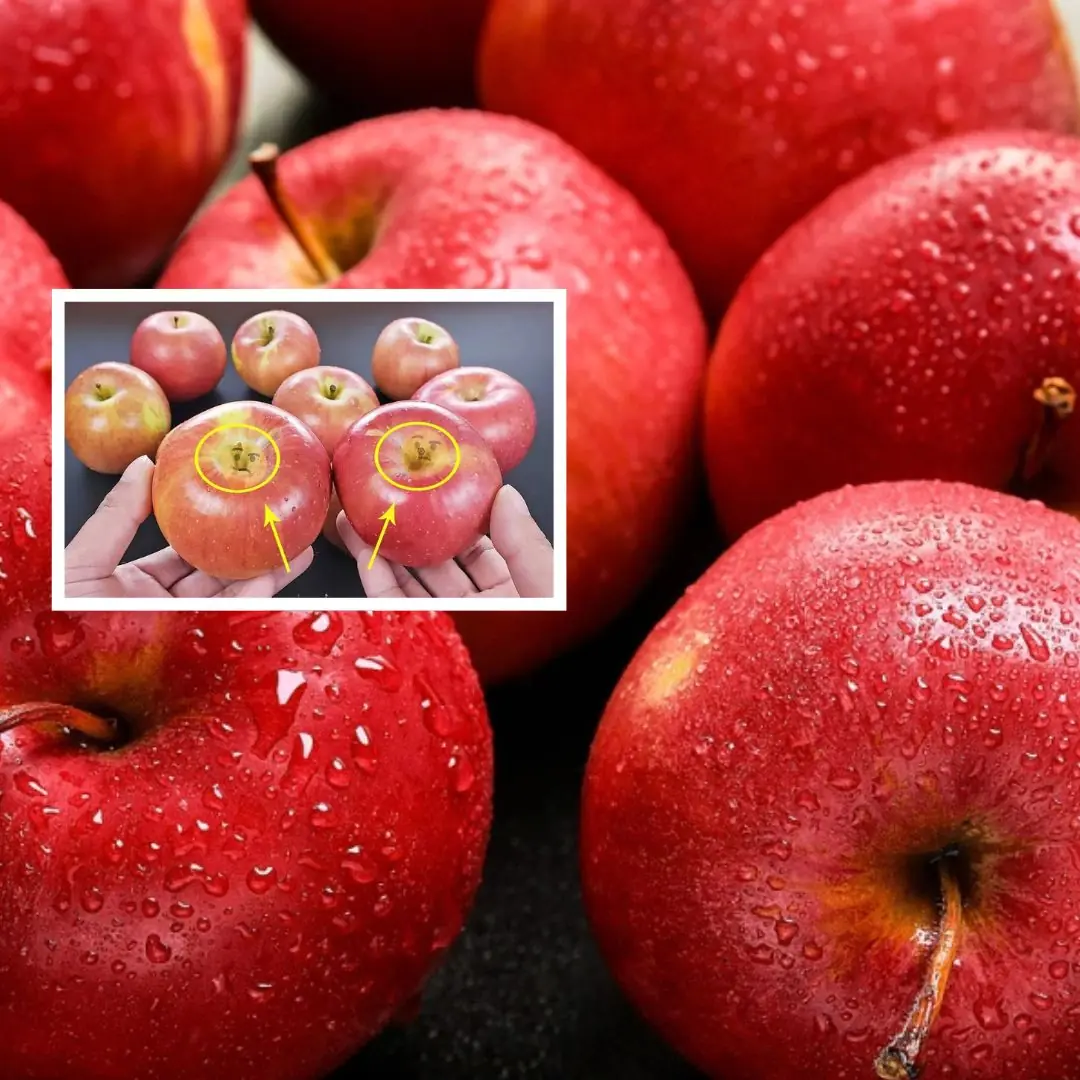
Want crisp, juicy, and delicious apples?
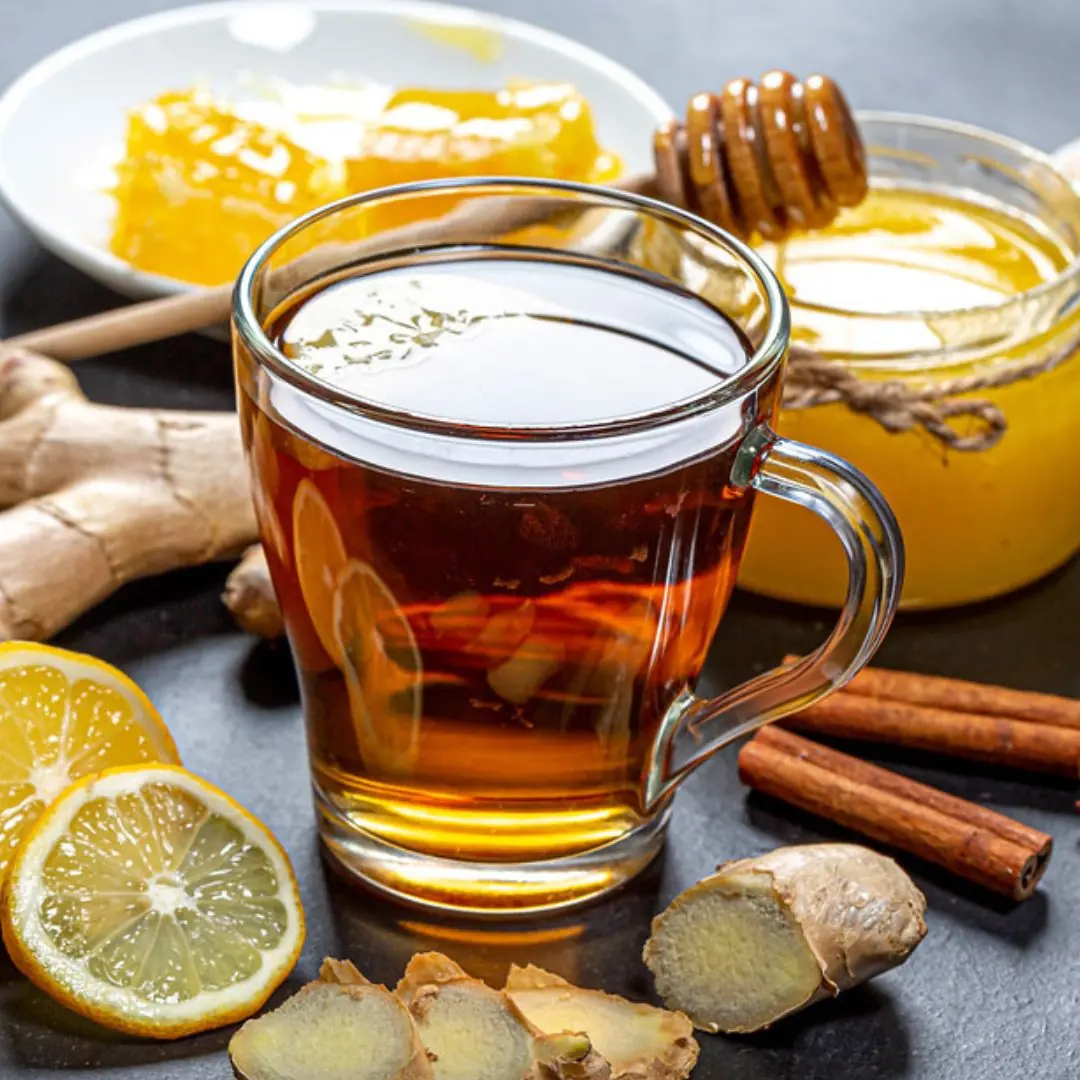
Ways to Maximize the Health Benefits of Cinnamon
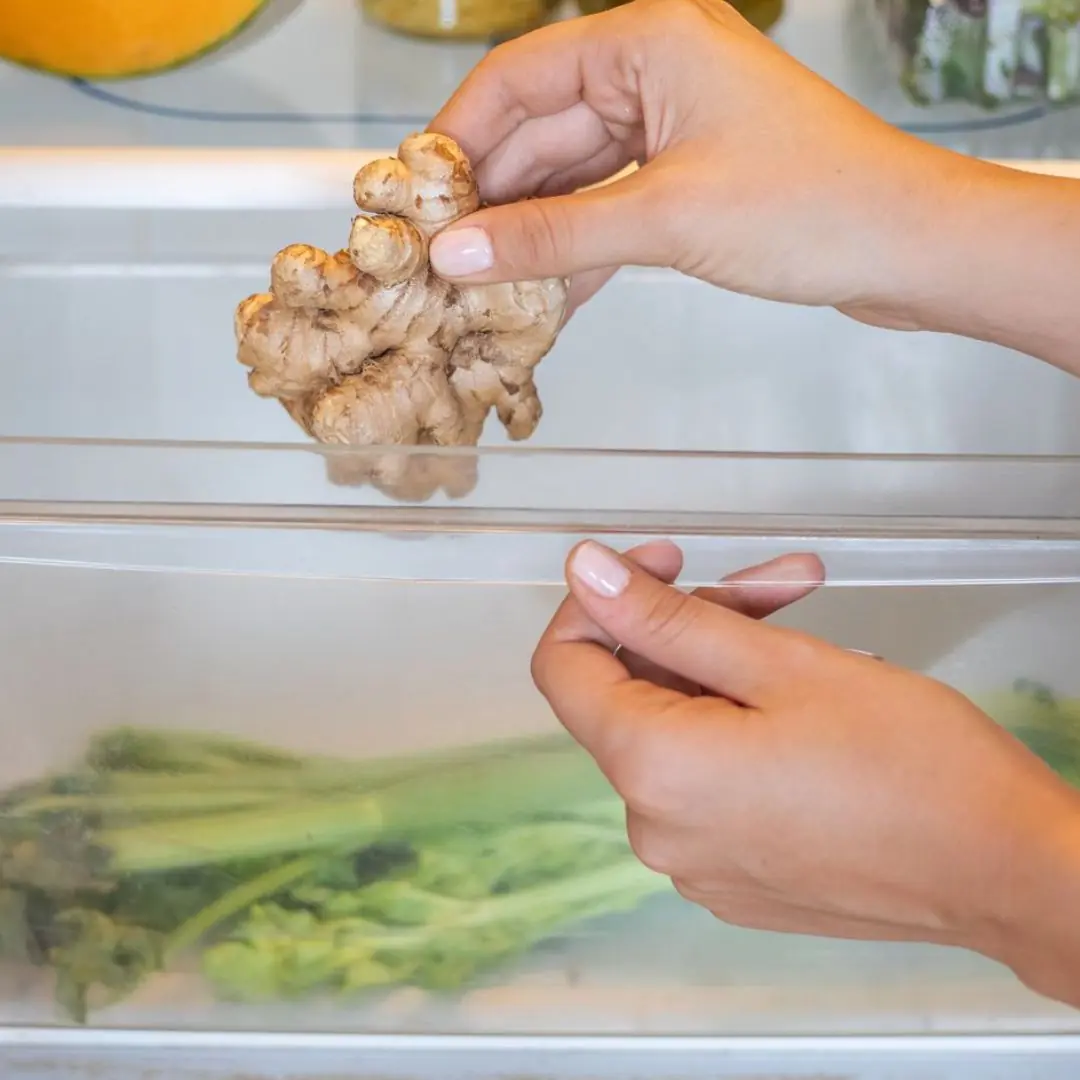
With just a few simple tips below, you can keep ginger fresh for up to 6 months, without refrigeration, without taking much time.
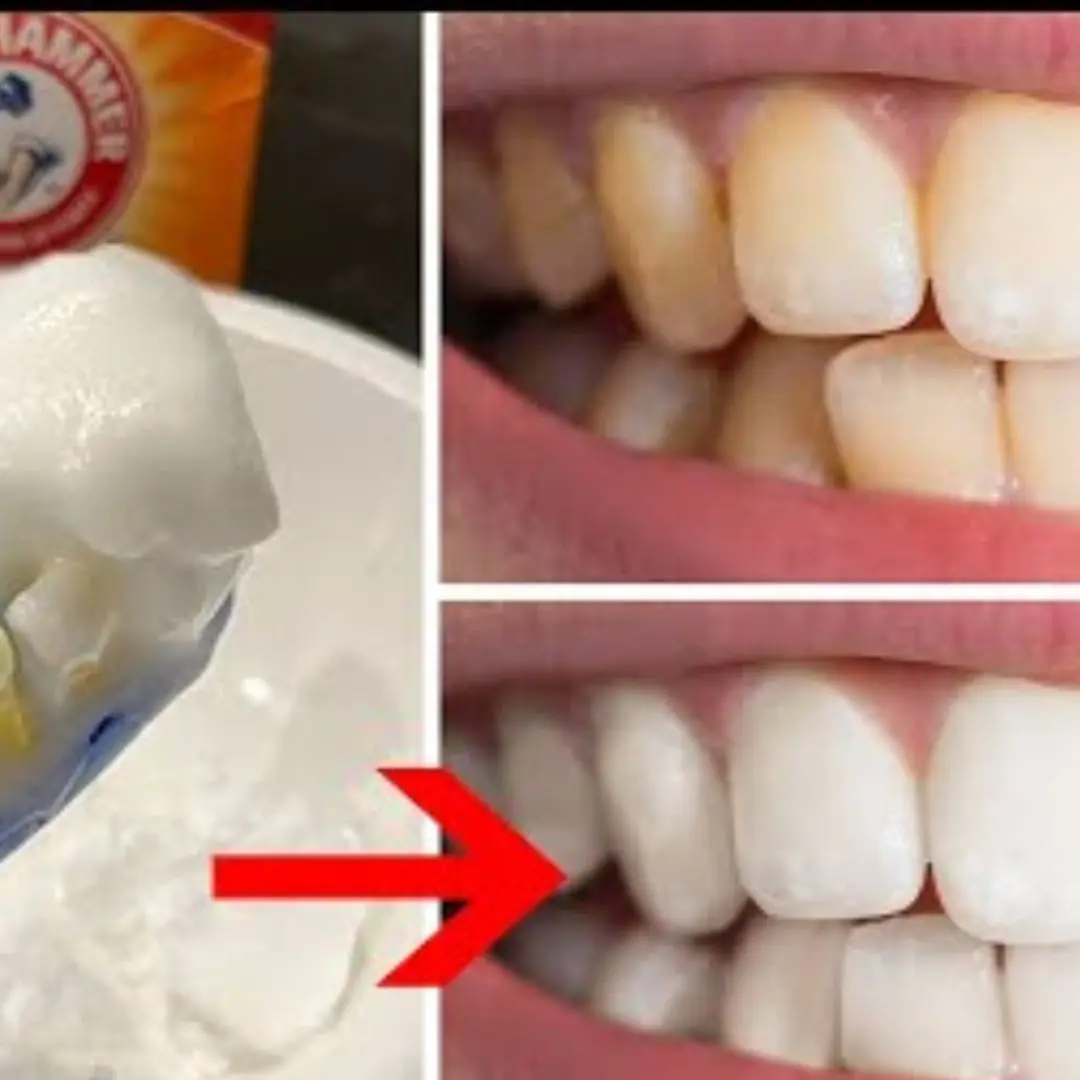
9 Natural Remedies For Teeth Whitening
News Post

The Most Nutritious Part of the Chicken—“Pricier than Gold” Yet Often Thrown Away by Home Cooks

Doctor Urges 4 Actions to Protect Your Body’s "Blo.od Filter"
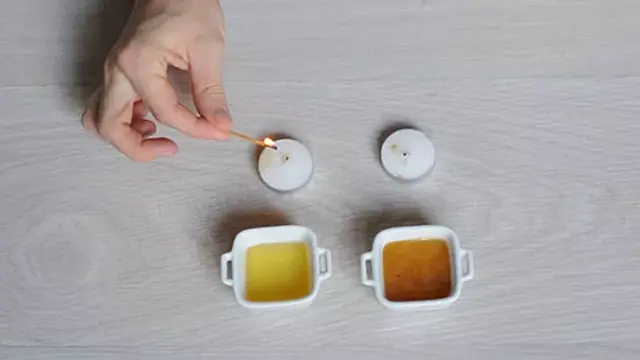
6 Smart Tips for Choosing Quality Honey Sellers Don’t Want You to Know

Can overly hot baths harm your heart and circulation?

7 signs of brain c.a.ncer that are easily confused with other diseases

4 Things to Avoid After 5 PM to Lower Your Risk of Stro.ke
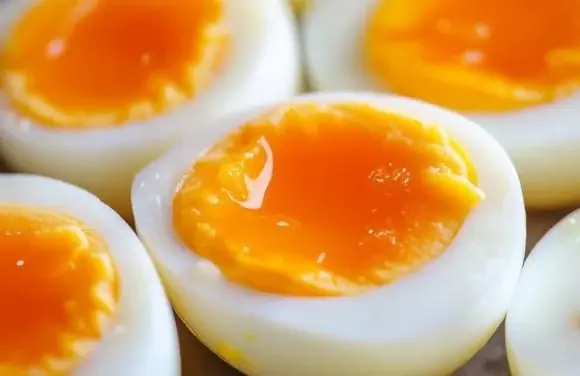
Doctors Warn: This Common Way of Eating Boiled Eggs Can Clog Your Arteries

Blanch Bones First or Simmer Directly?
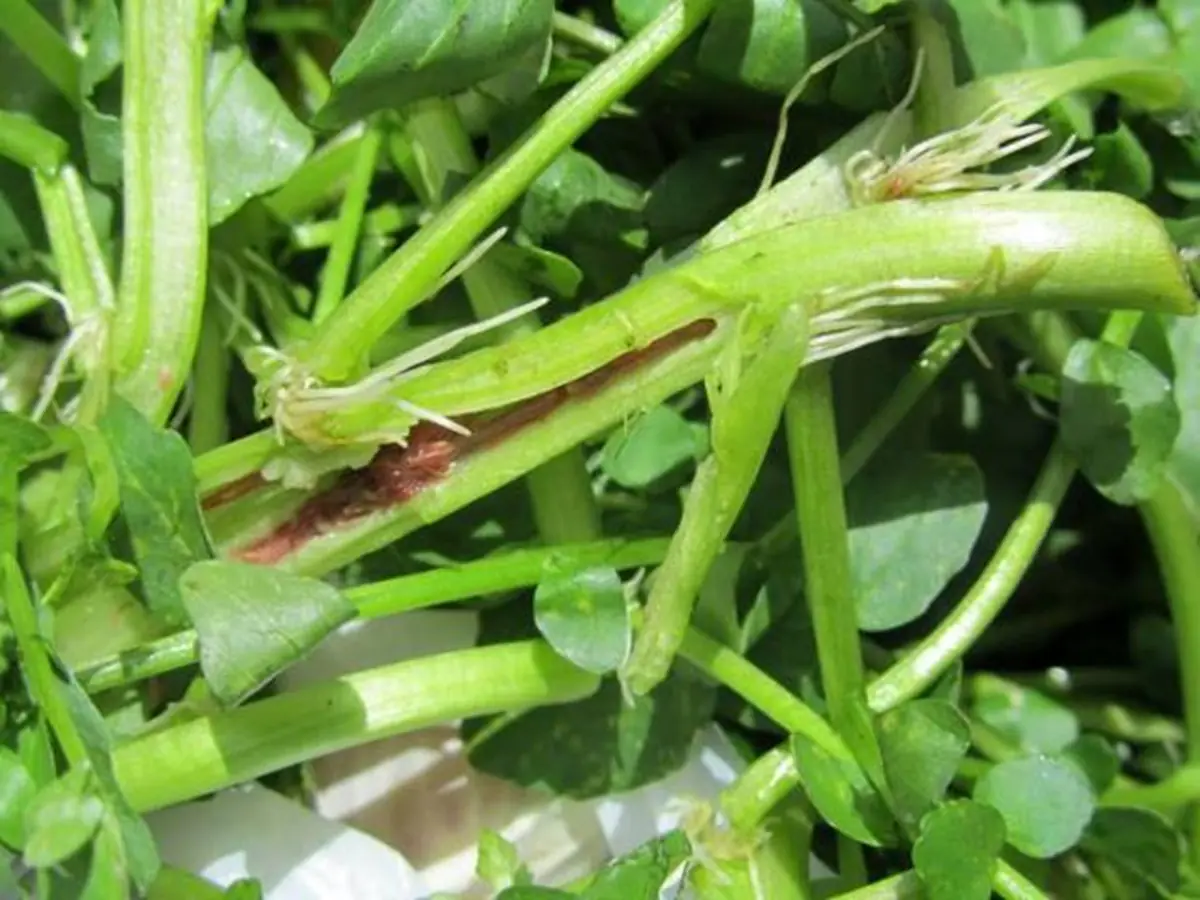
2 Common Vegetables That Can Harbor Parasites

The 'Vitamin C King' of the Vegetable World
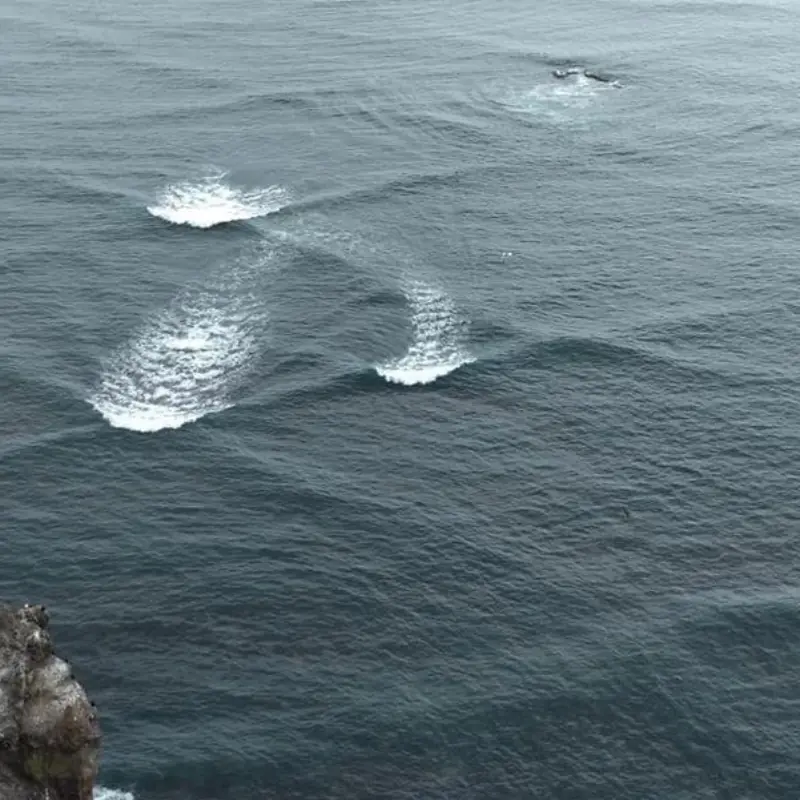
Avoid Swimming If You Spot 'Square Waves'
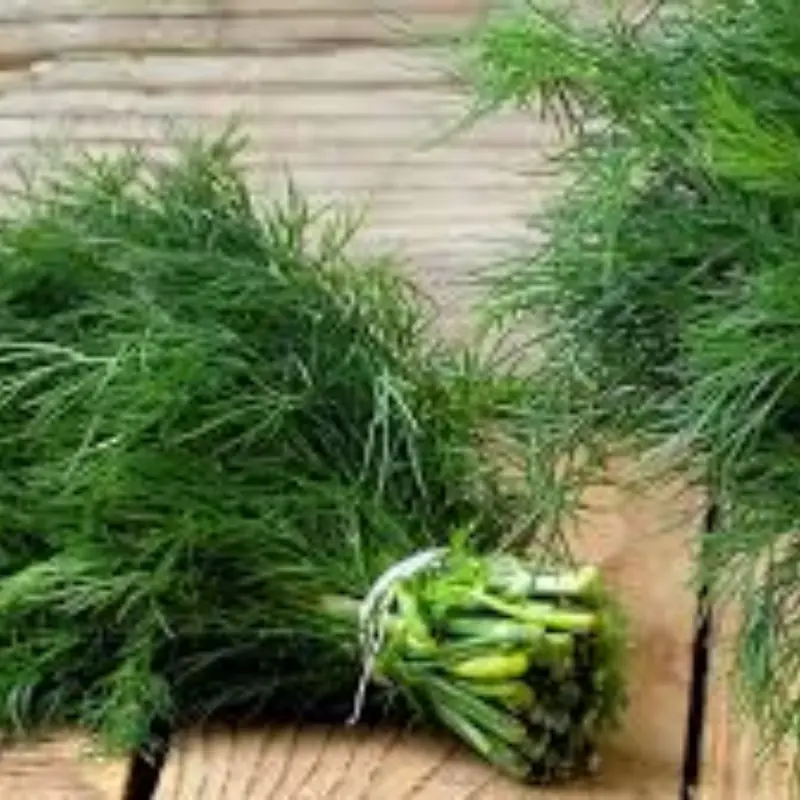
3 Green Vegetables Called the “King” of Sto.mach Protection

Why You Should Not Bring Seeds on a Plane: A Detailed Explanation
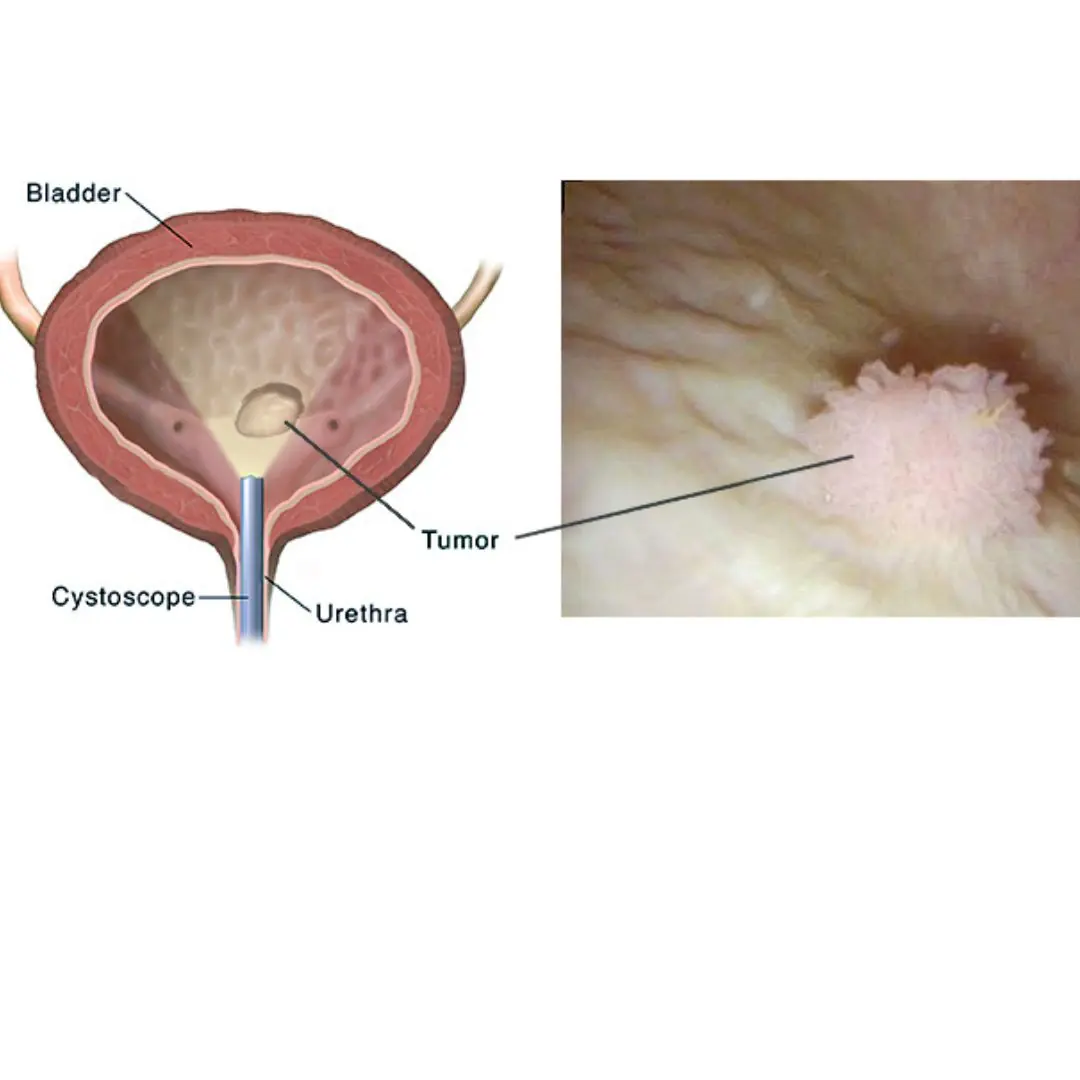
Bladder Ca.ncer: Symptoms You Shouldn’t Ignore

4 Healing Drinks to Prevent and Dissolve Kidney Stones

10 Powerful Reasons a Simple Smile Can Change Your Life
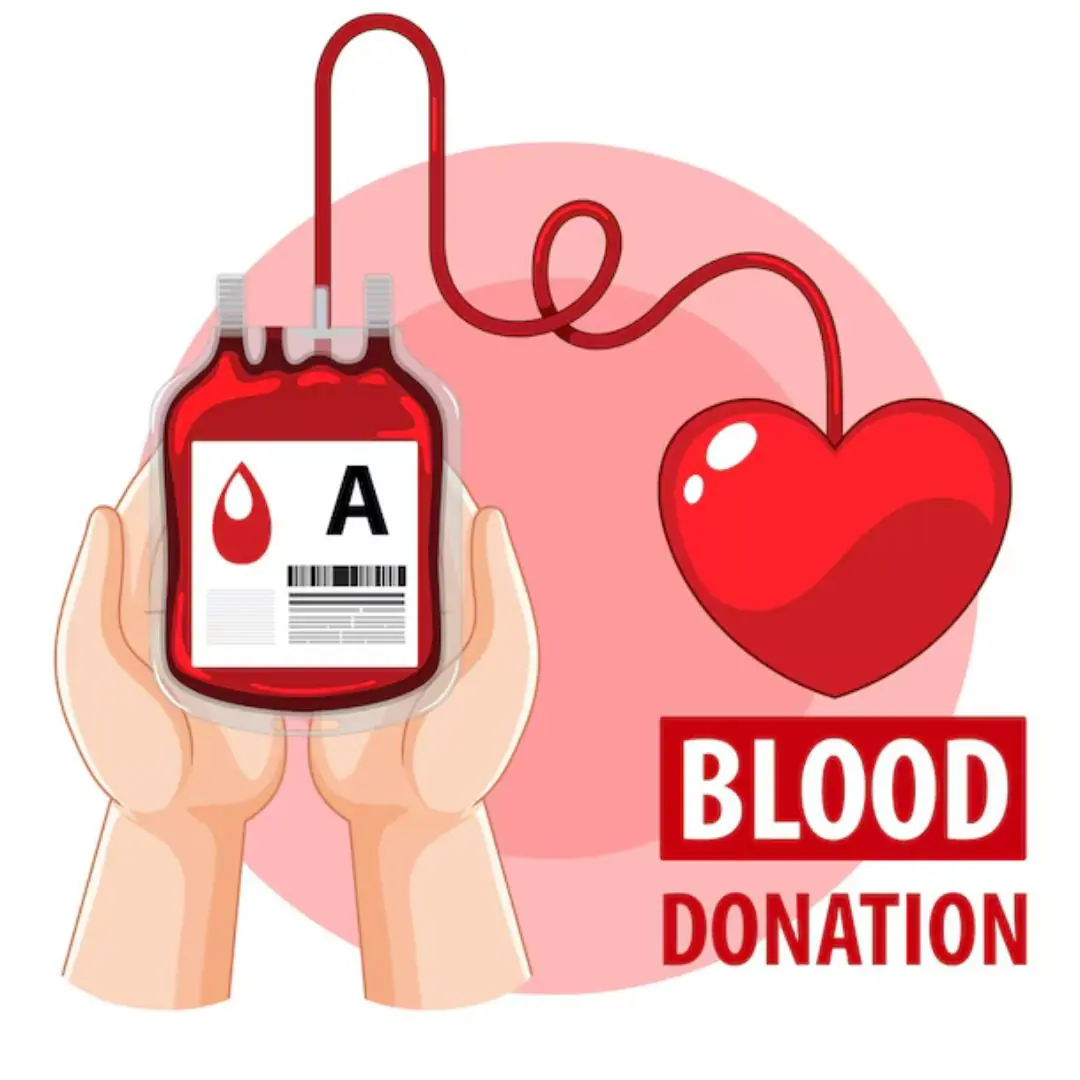
The Surprising Benefits of Donating Bl.o.od

5 types of vegetables and fruits help cool the liver and effectively lower liver enzymes

Top vegetable to help reduce visceral fat extremely effectively, nutritionist reveals 4 more easy ways to lose weight
